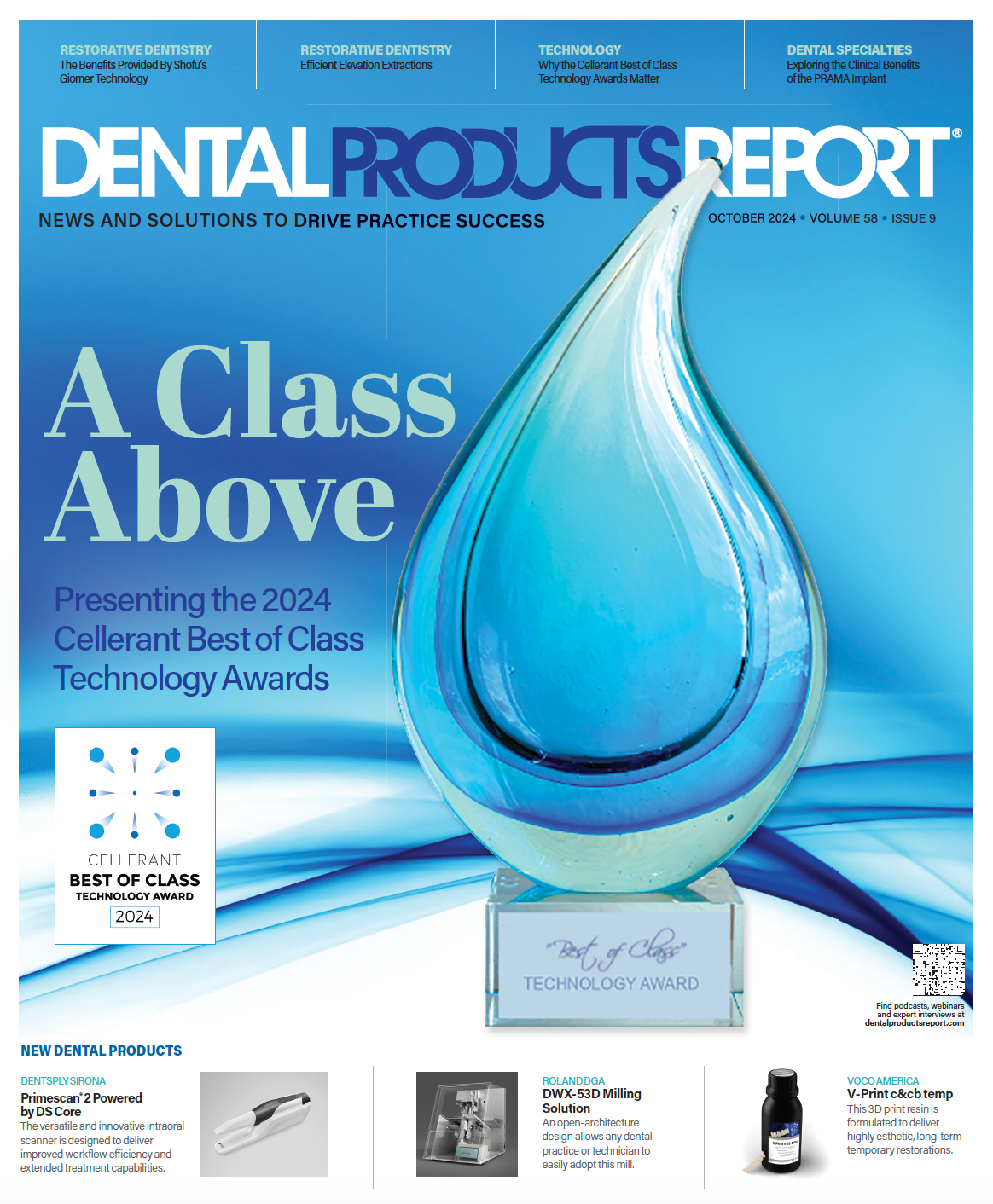by Paul Feuerstein, DMD
Artificial intelligence has been at the forefront of discussions for the past few years. The perception is that this is a new technology that is taking over many of our tasks. It has actually been around for many years, but the computer processing power and speed made it impractical for everyday use. Advancements have enabled processes such as searching through all of the literature on a topic that can now be accomplished in seconds.
In dentistry, there are several areas in which we are able to use this technology, including reading radiographs, planning and following orthodontic treatment, and even analyzing phone conversations. We have looked at many of these products and found dentists are very interested in programs that can “read” radiographs. Notably, the software reads the actual file, not what we see on the computer monitors. Instead of reading 30 to 50 shades of gray, it can interpret over 500 shades. The beauty of the products is that a dentist can walk into a hygiene room and, at a glance, see all of the possibilities of areas that might be of concern. It is imperative that the dentist and hygienist use this information as a guide but not a final diagnosis. Keep a close watch on this space, but as our colleague Dr Marty Jablow always says, “Don’t check your brain at the door.”















